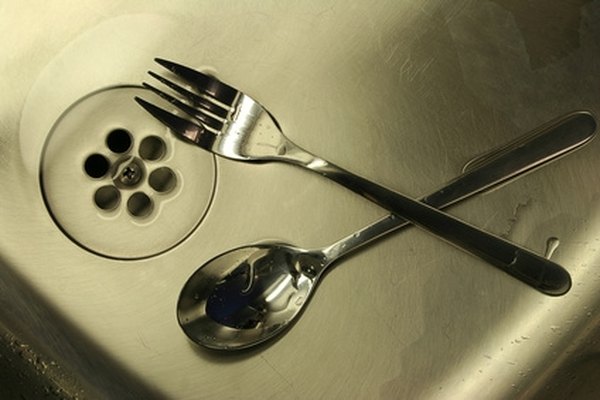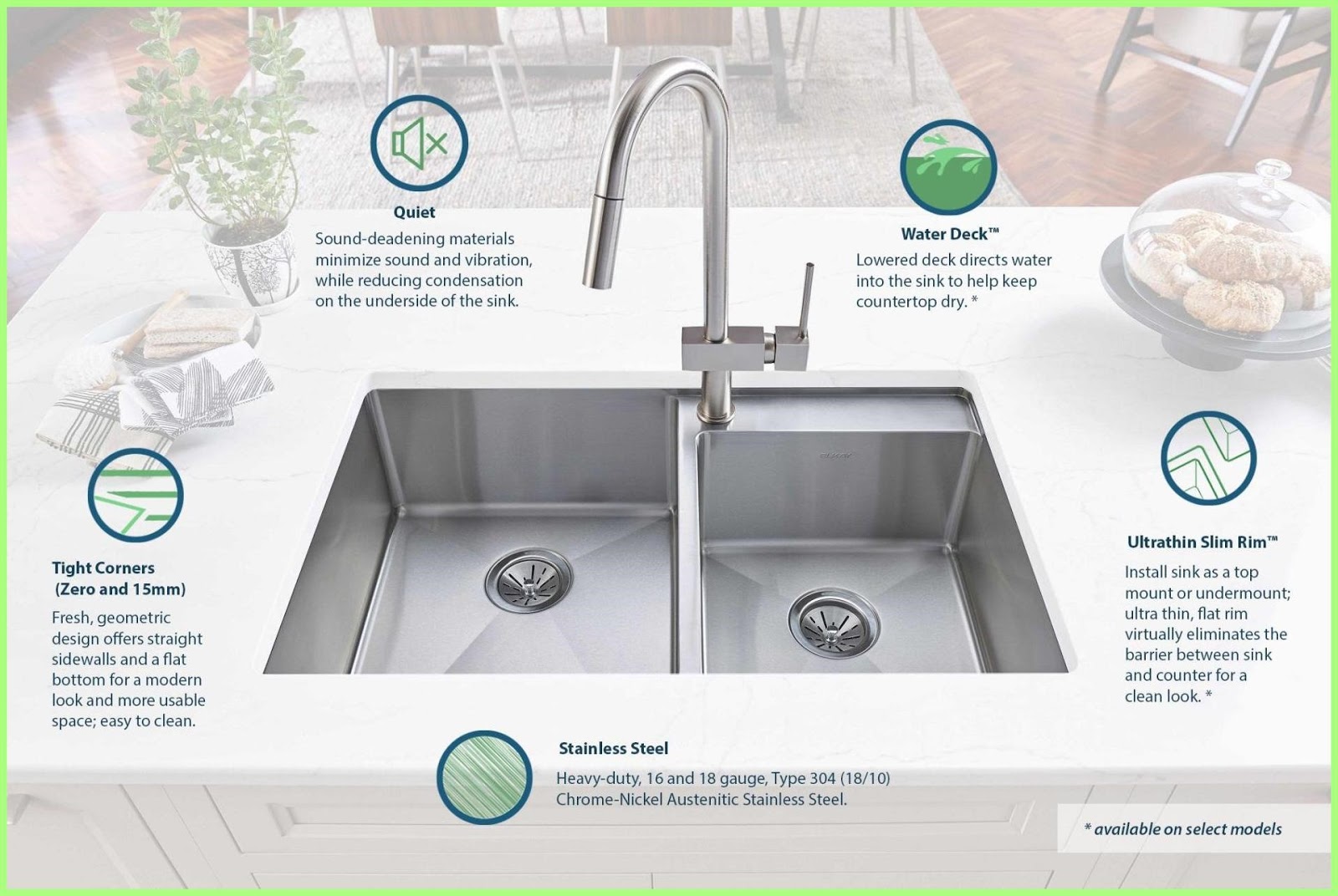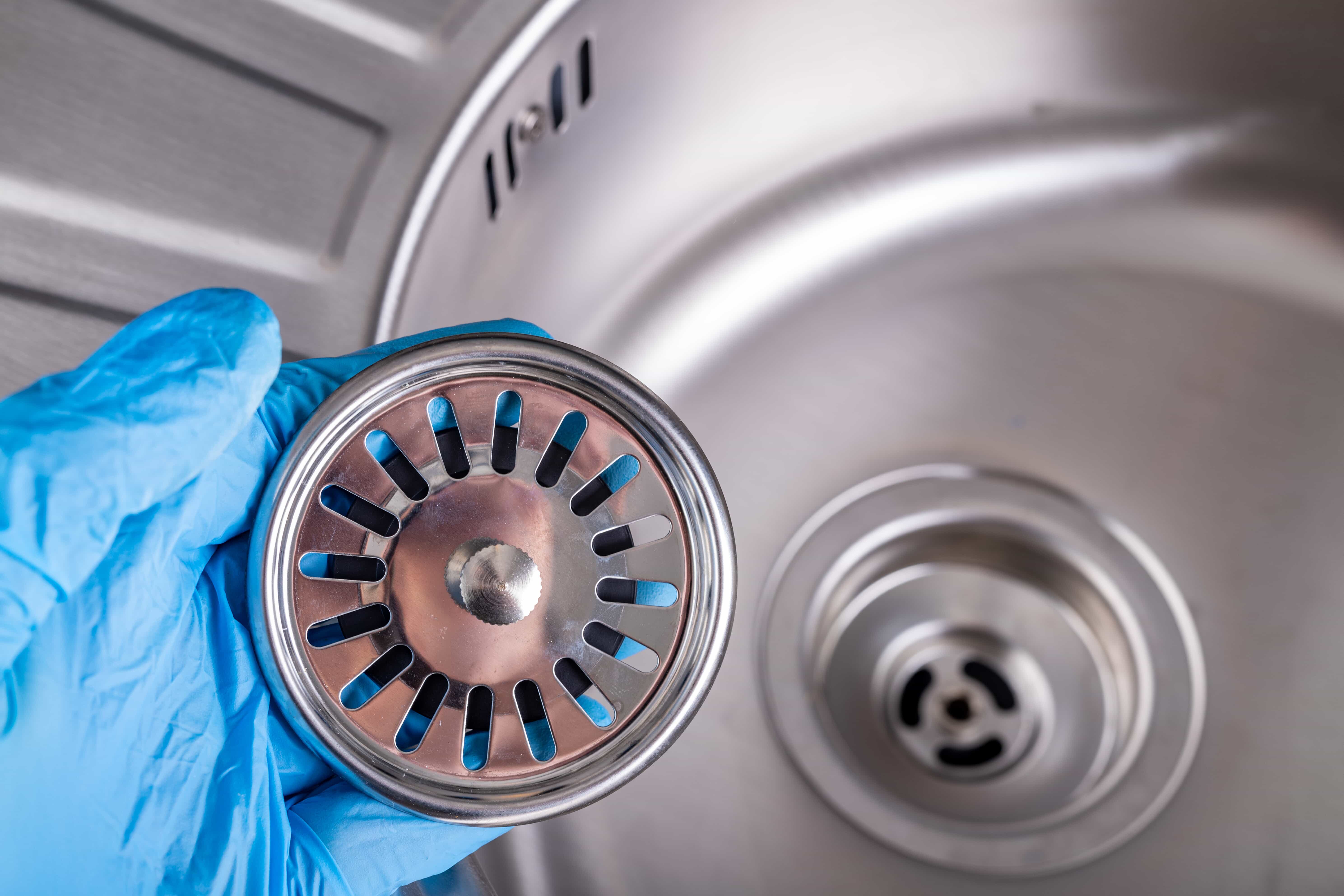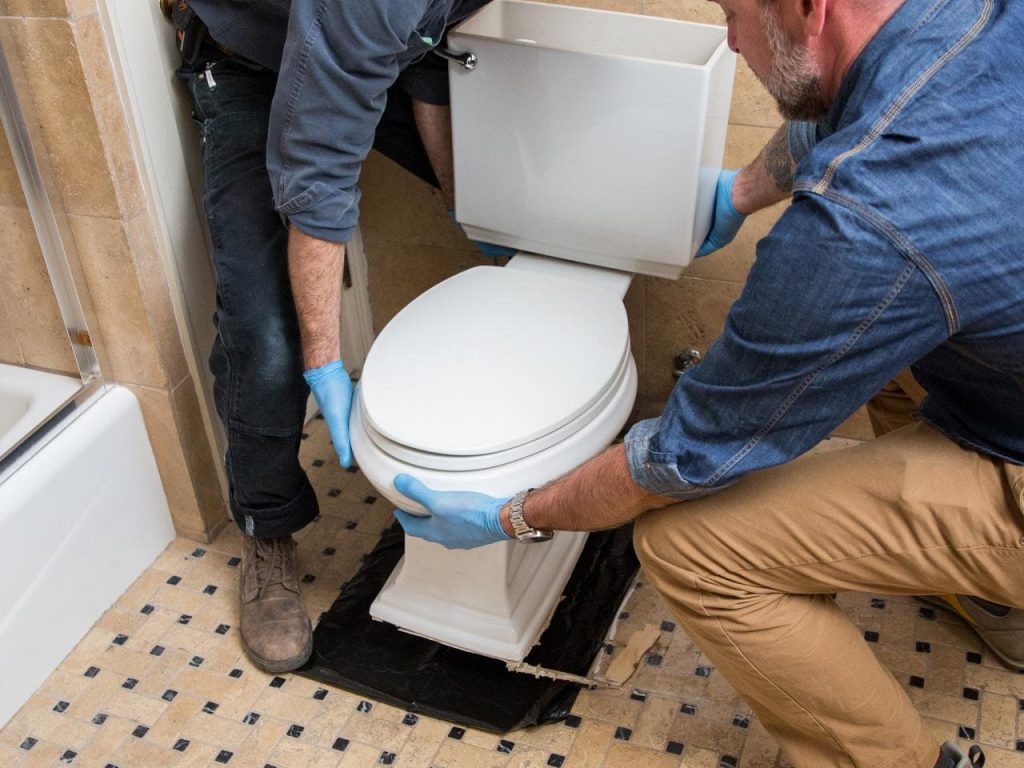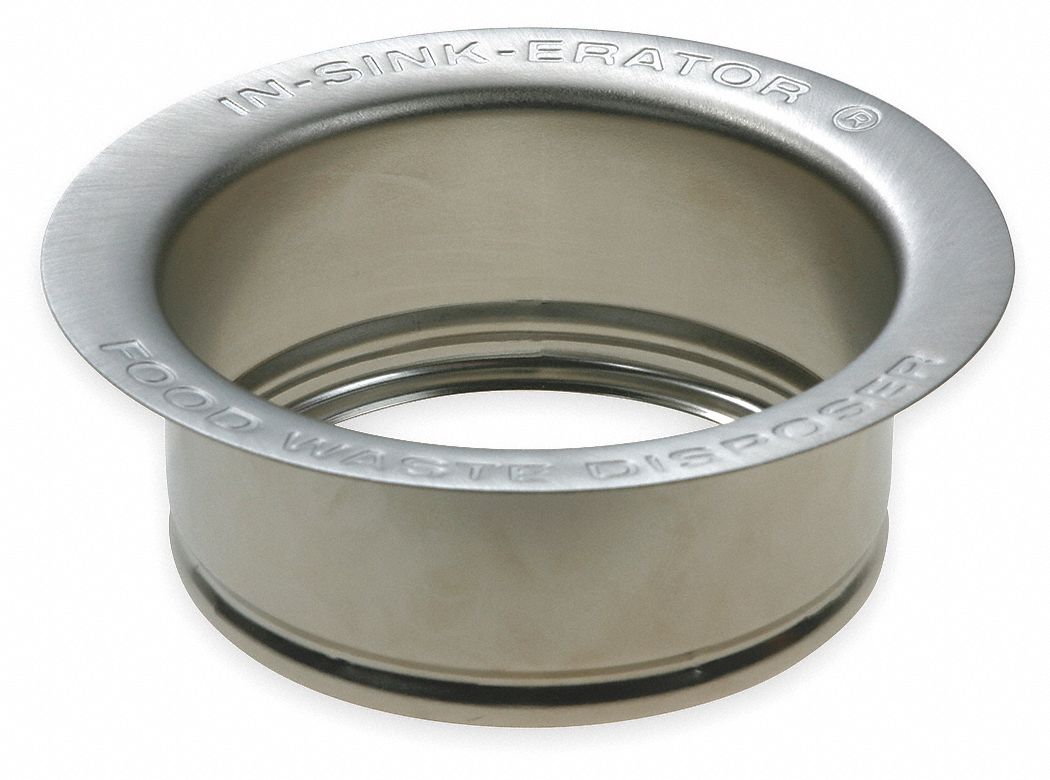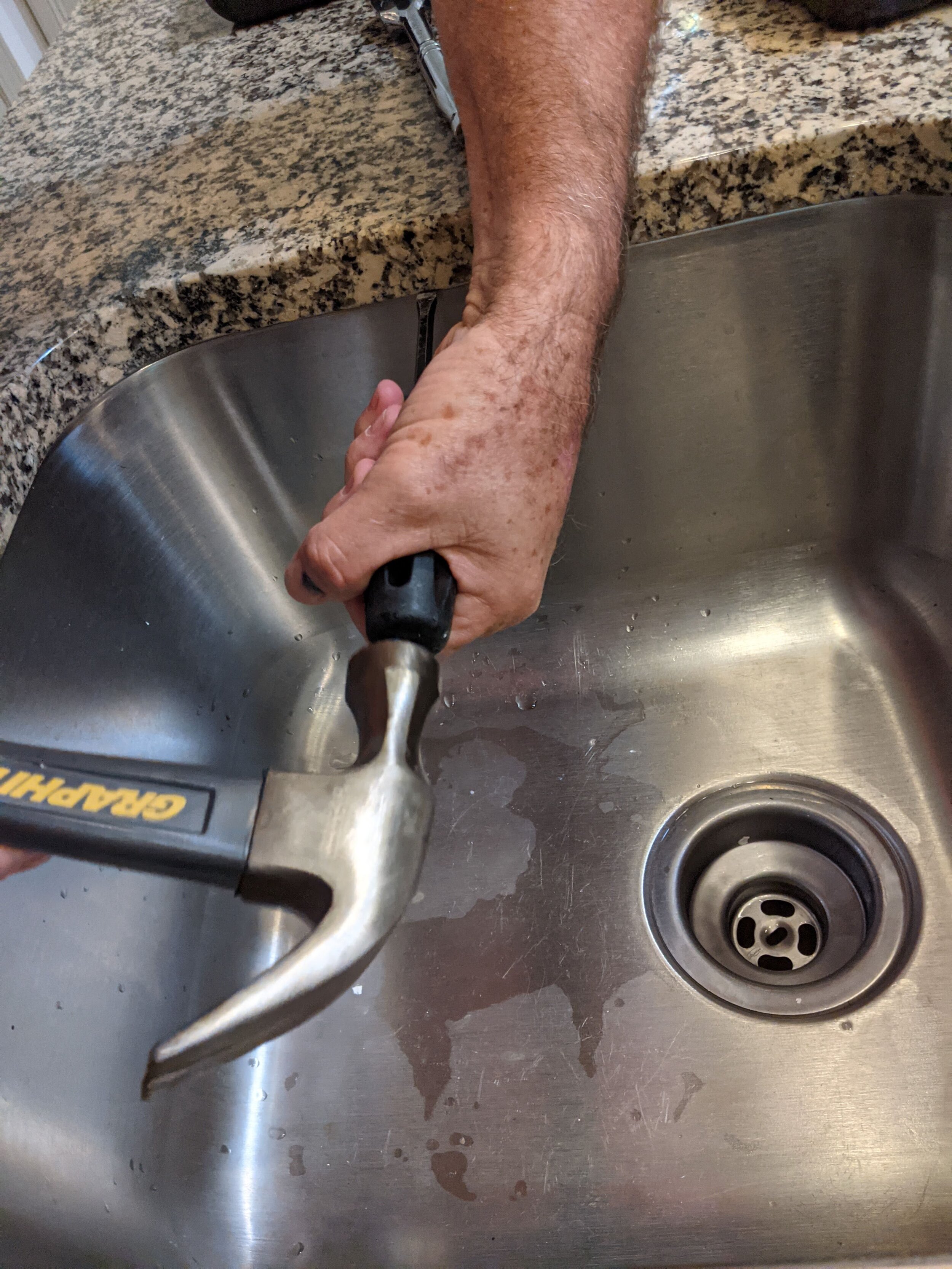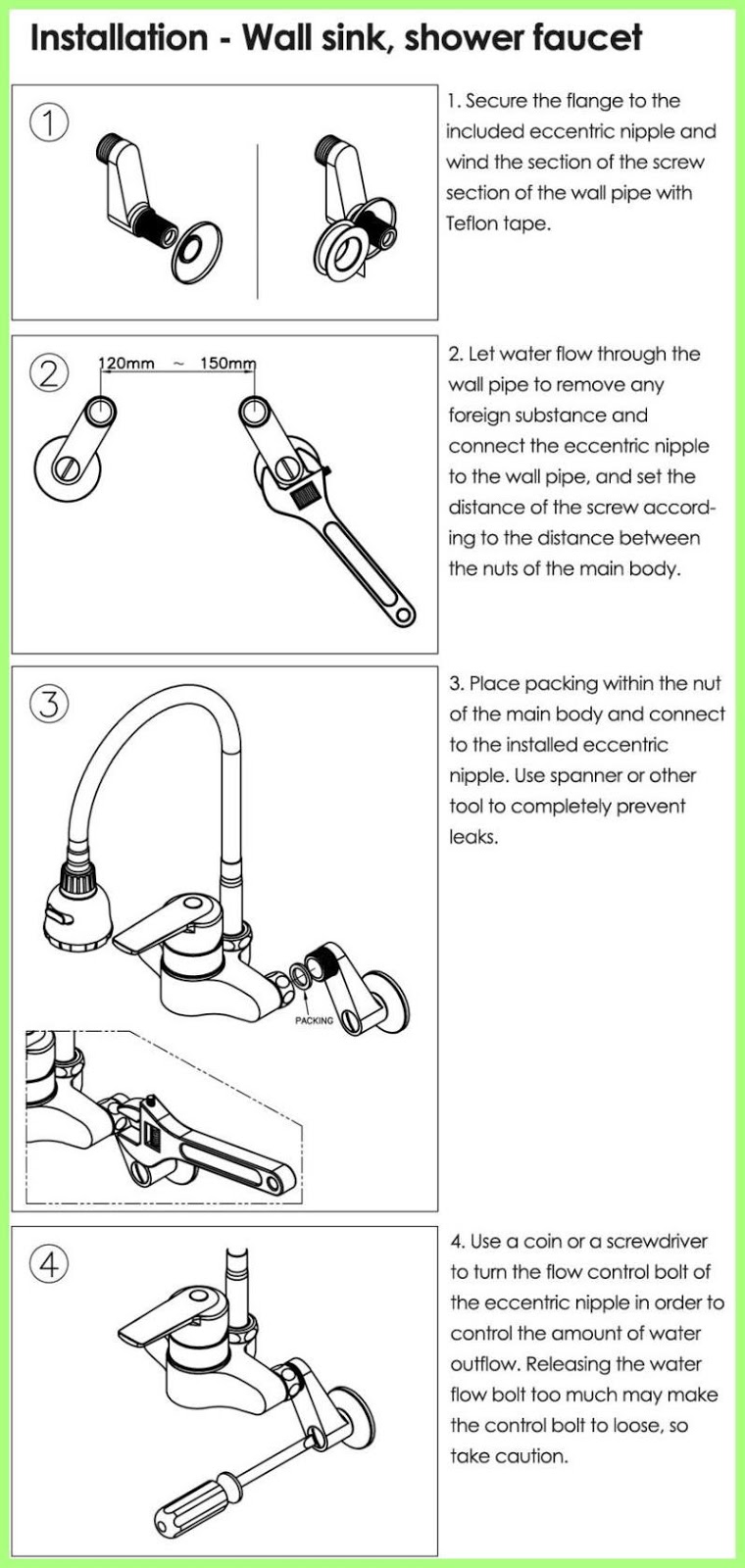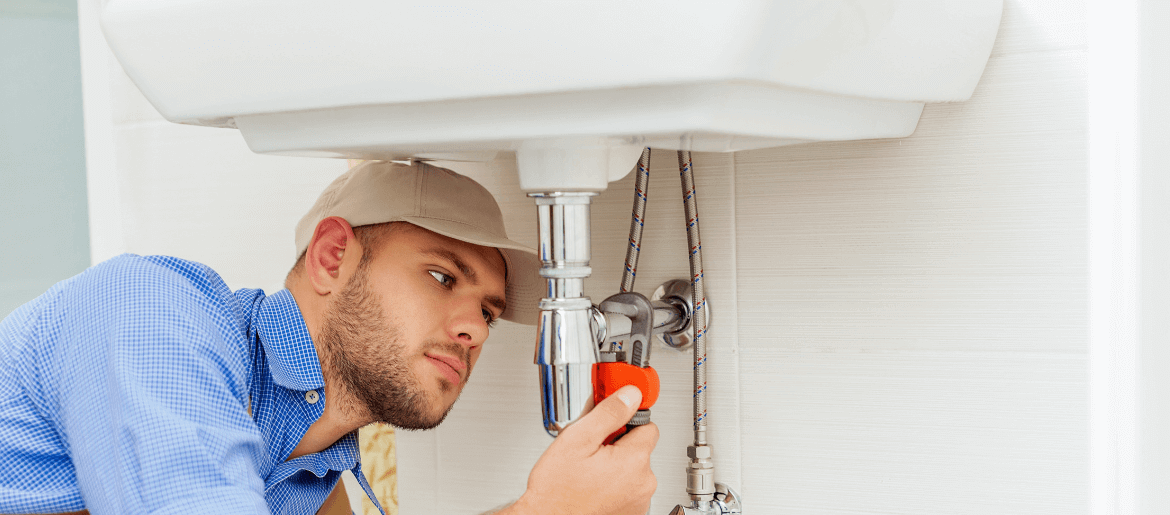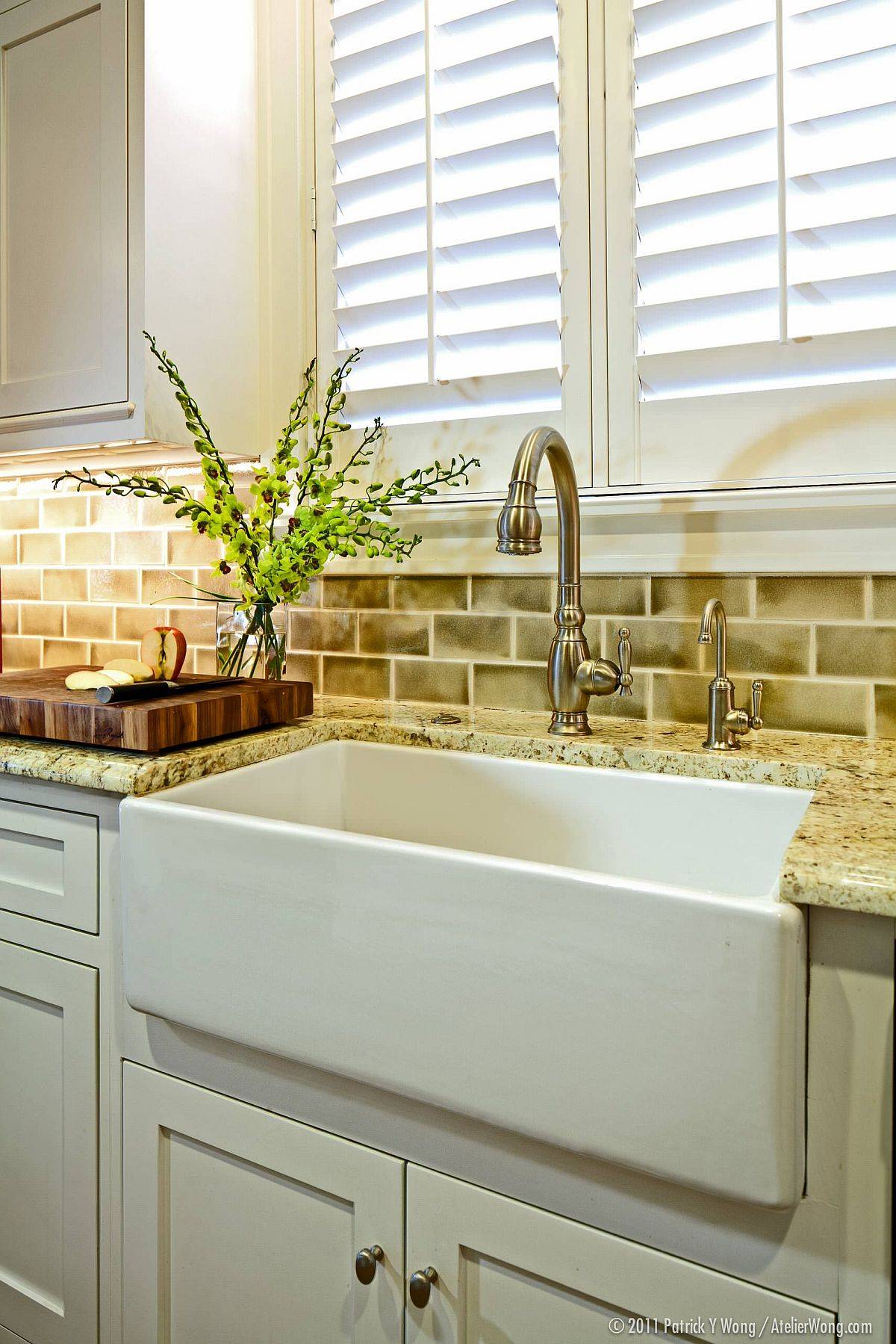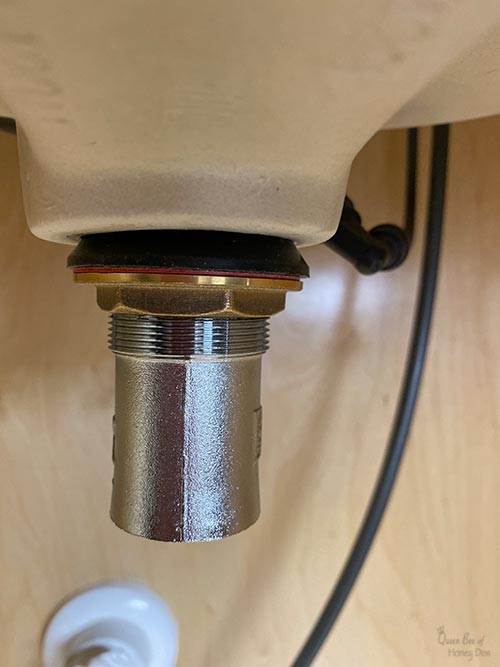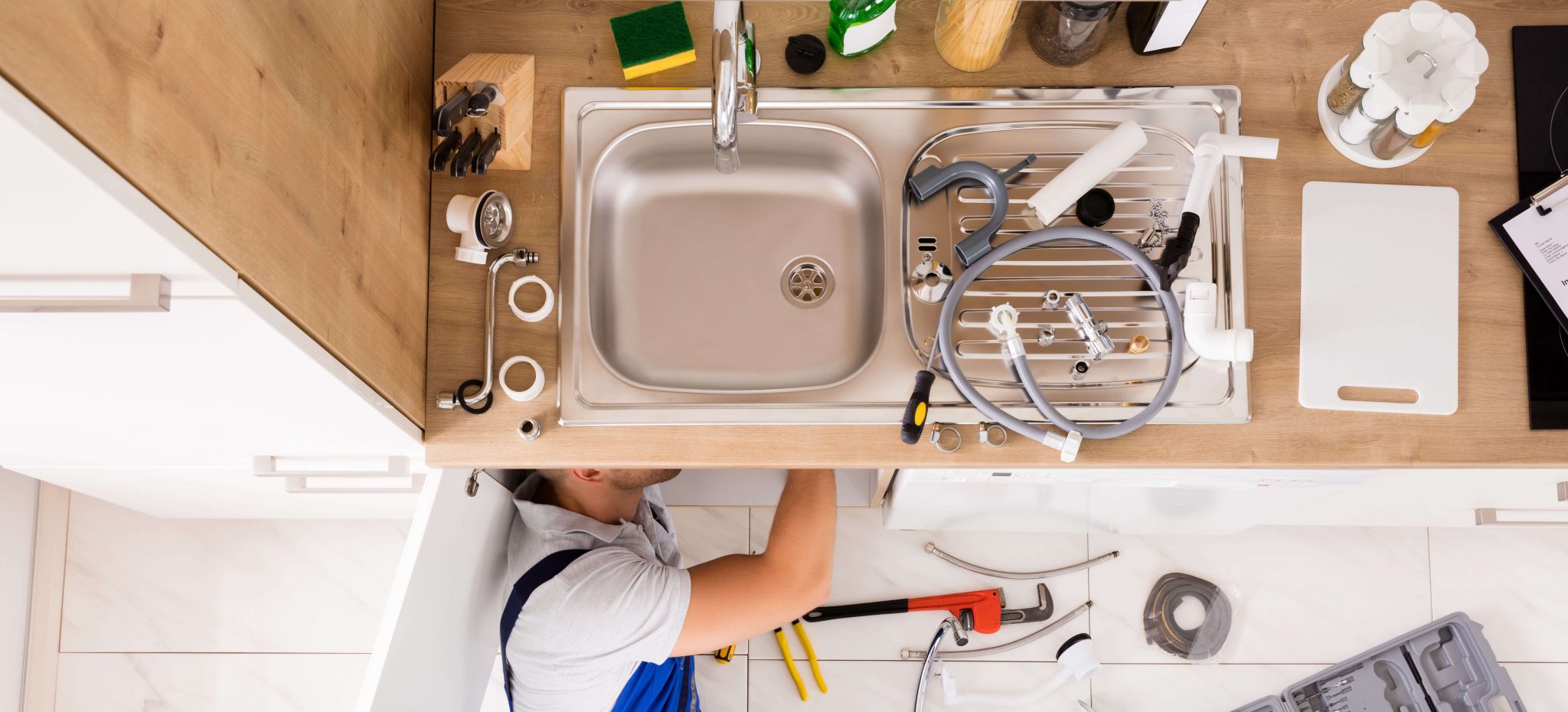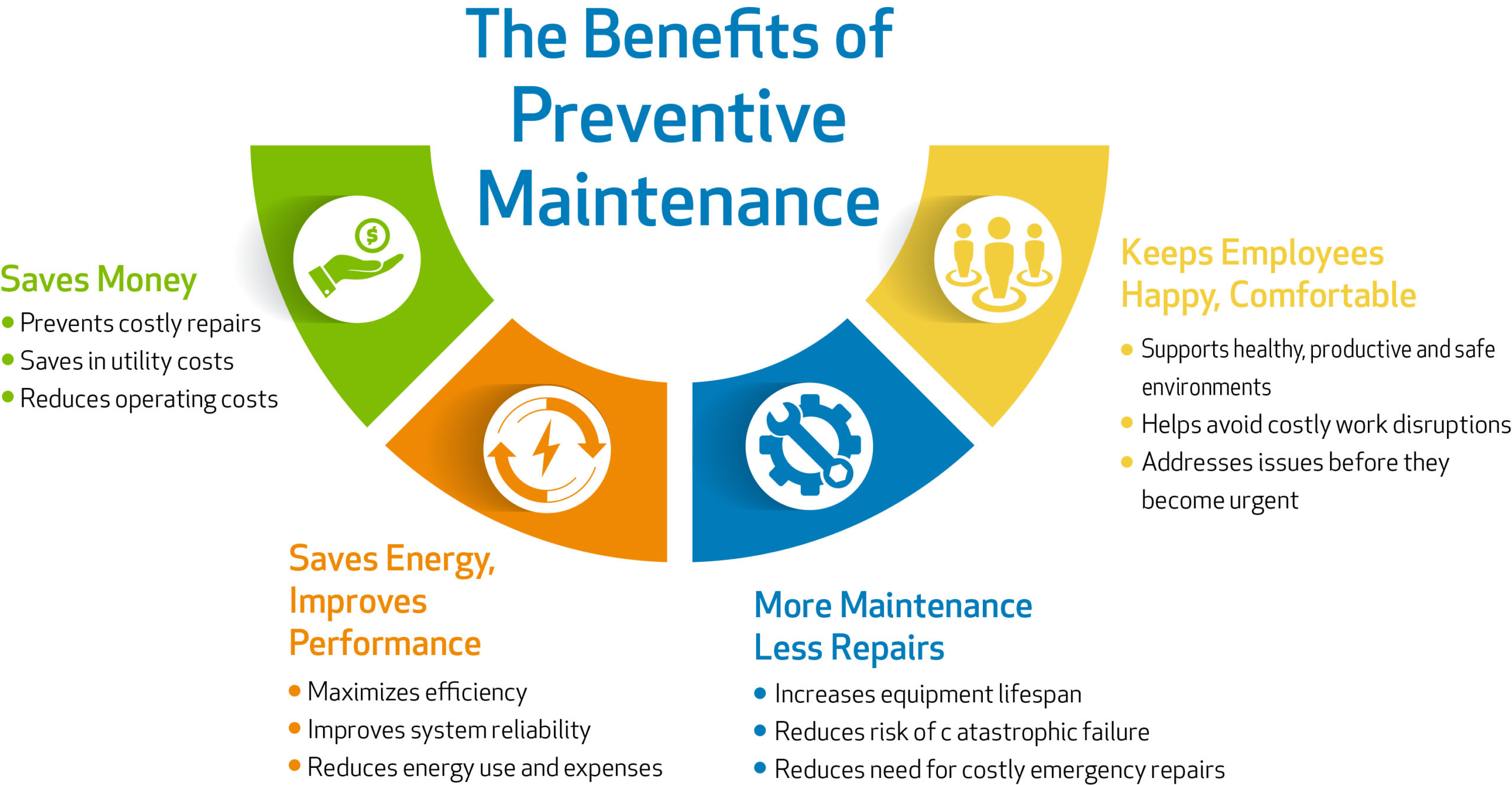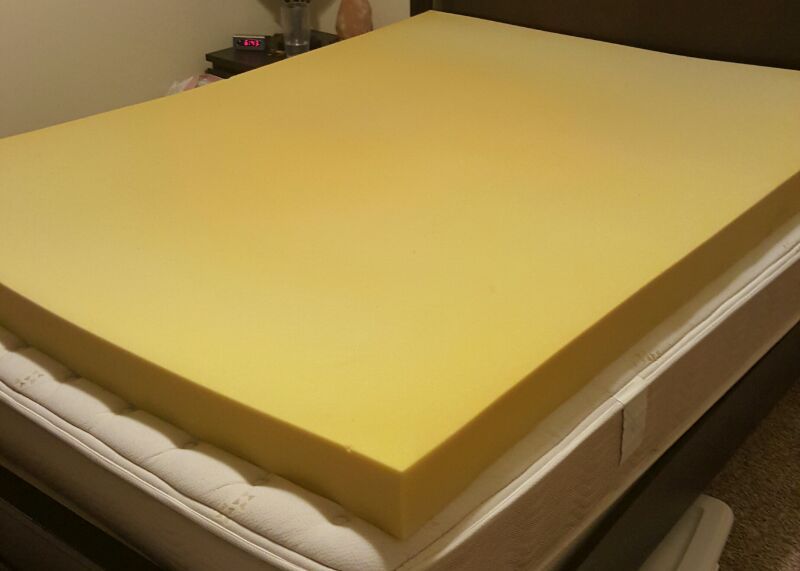How to Replace a Kitchen Sink Flange
Replacing a kitchen sink flange may seem like a daunting task, but with the right tools and a little bit of know-how, it can be a simple and straightforward process. In this guide, we will walk you through the steps to replace your kitchen sink flange and provide tips and tricks to make the process easier.
Replacing a Kitchen Sink Flange: Step-by-Step Guide
Step 1: Gather your tools and materials. To replace a kitchen sink flange, you will need a wrench, pliers, putty knife, plumber's putty, a new flange, and possibly a new strainer basket.
Step 2: Turn off the water supply to your sink. This can usually be done by turning off the valves under the sink. If you can't find the valves, you may need to turn off the main water supply to your home.
Step 3: Disconnect the drain pipes. Use your wrench to loosen the nuts and disconnect the drain pipes from the sink. Place a bucket under the pipes to catch any water that may come out.
Step 4: Remove the old flange. Use your pliers to loosen and remove the old flange from the sink. If the flange is stuck, you may need to use a putty knife to loosen it.
Step 5: Clean the sink and drain hole. Use a putty knife to scrape off any old putty or debris from the sink and drain hole. Then, use a cleaner to thoroughly clean the area.
Step 6: Apply plumber's putty. Roll a small amount of plumber's putty into a rope and place it around the edge of the drain hole. This will create a watertight seal for the new flange.
Step 7: Install the new flange. Place the new flange on top of the putty and press down firmly. Use your wrench to tighten the flange in place.
Step 8: Install the new strainer basket. If your old strainer basket is damaged, now is a good time to replace it. Simply screw the new strainer basket into place on the new flange.
Step 9: Reconnect the drain pipes. Use your wrench to reconnect the drain pipes to the sink. Make sure they are securely tightened.
Step 10: Turn on the water supply. Once everything is connected, turn the water supply back on and check for any leaks. If there are no leaks, you have successfully replaced your kitchen sink flange!
DIY Kitchen Sink Flange Replacement
Replacing a kitchen sink flange is a DIY project that can save you time and money. By following the steps outlined above, you can easily replace your kitchen sink flange without the need for a professional plumber.
However, if you are not confident in your DIY skills or encounter any issues during the process, it is always best to call a professional for assistance.
Replacing a Kitchen Sink Flange: Common Problems and Solutions
While replacing a kitchen sink flange is a fairly simple task, there are some common problems that you may encounter. These include a stuck or damaged flange, leaks, or difficulty reconnecting the drain pipes.
If you encounter any of these issues, don't panic. Use a putty knife to loosen a stuck flange, use plumber's tape to seal any leaks, and make sure the drain pipes are securely tightened. If you are still having trouble, consult a professional plumber.
Tools and Materials Needed for Replacing a Kitchen Sink Flange
To replace a kitchen sink flange, you will need the following tools and materials:
Video Tutorial: How to Replace a Kitchen Sink Flange
If you prefer to see the process in action, there are many helpful video tutorials available online that can guide you through the steps of replacing a kitchen sink flange. Make sure to watch a few different tutorials to get a better understanding of the process.
Tips for a Successful Kitchen Sink Flange Replacement
Here are a few tips to keep in mind when replacing a kitchen sink flange:
How to Choose the Right Kitchen Sink Flange for Your Sink
When choosing a new kitchen sink flange, there are a few factors to consider:
Professional vs. DIY: Is Replacing a Kitchen Sink Flange a Job for a Plumber?
While replacing a kitchen sink flange is a relatively simple task, it may be best to leave it to a professional plumber if you are not confident in your DIY skills or encounter any difficulties during the process. A professional plumber will have the necessary tools and expertise to complete the job quickly and efficiently.
Preventing Future Issues: Maintenance Tips for Your Kitchen Sink Flange
To prevent future issues with your kitchen sink flange, it is important to properly maintain it. Here are a few tips:
Why Replacing a Kitchen Sink Flange is Important for Your House Design

The Function of a Kitchen Sink Flange
 A kitchen sink flange is a crucial component in any kitchen sink as it provides a watertight seal between the sink and the drain pipe. This prevents any leaks and ensures that the water flows smoothly down the drain. Over time, the flange can become damaged due to wear and tear, causing it to lose its effectiveness. This can lead to water leaks and potential damage to your kitchen cabinets and floors. That's why it's essential to replace a damaged kitchen sink flange as soon as possible.
A kitchen sink flange is a crucial component in any kitchen sink as it provides a watertight seal between the sink and the drain pipe. This prevents any leaks and ensures that the water flows smoothly down the drain. Over time, the flange can become damaged due to wear and tear, causing it to lose its effectiveness. This can lead to water leaks and potential damage to your kitchen cabinets and floors. That's why it's essential to replace a damaged kitchen sink flange as soon as possible.
Signs That Your Kitchen Sink Flange Needs Replacing
 There are a few tell-tale signs that indicate your kitchen sink flange may need replacing. The most obvious sign is water leaking from the sink area. You may also notice a foul smell coming from the sink, which could be a result of food particles and debris getting trapped in the damaged flange. Another sign is if you start experiencing slow drainage in your sink. These signs should not be ignored as they can lead to more significant and costly problems if not addressed promptly.
There are a few tell-tale signs that indicate your kitchen sink flange may need replacing. The most obvious sign is water leaking from the sink area. You may also notice a foul smell coming from the sink, which could be a result of food particles and debris getting trapped in the damaged flange. Another sign is if you start experiencing slow drainage in your sink. These signs should not be ignored as they can lead to more significant and costly problems if not addressed promptly.
The Benefits of Replacing a Kitchen Sink Flange
 Replacing a damaged kitchen sink flange is not only important for the functionality of your sink but also for the overall design of your kitchen. A new flange will provide a secure and watertight seal, preventing any leaks and water damage to your kitchen. It will also improve the drainage of your sink, making it more efficient and reducing the risk of clogs. Moreover, a new flange will give your sink a fresh and updated look, enhancing the overall aesthetic of your kitchen.
Replacing a damaged kitchen sink flange is not only important for the functionality of your sink but also for the overall design of your kitchen. A new flange will provide a secure and watertight seal, preventing any leaks and water damage to your kitchen. It will also improve the drainage of your sink, making it more efficient and reducing the risk of clogs. Moreover, a new flange will give your sink a fresh and updated look, enhancing the overall aesthetic of your kitchen.
The Process of Replacing a Kitchen Sink Flange
 Replacing a kitchen sink flange may seem like a daunting task, but with the right tools and instructions, it can be a relatively simple process. The first step is to turn off the water supply and disconnect the plumbing connections. Next, remove the old flange by unscrewing it from the drain pipe. Once the old flange is removed, clean the area thoroughly and install the new flange by following the manufacturer's instructions. Finally, reconnect the plumbing and turn the water supply back on. If you're unsure or uncomfortable with tackling this task, it's best to hire a professional plumber to ensure the job is done correctly.
Replacing a kitchen sink flange may seem like a daunting task, but with the right tools and instructions, it can be a relatively simple process. The first step is to turn off the water supply and disconnect the plumbing connections. Next, remove the old flange by unscrewing it from the drain pipe. Once the old flange is removed, clean the area thoroughly and install the new flange by following the manufacturer's instructions. Finally, reconnect the plumbing and turn the water supply back on. If you're unsure or uncomfortable with tackling this task, it's best to hire a professional plumber to ensure the job is done correctly.
In Conclusion
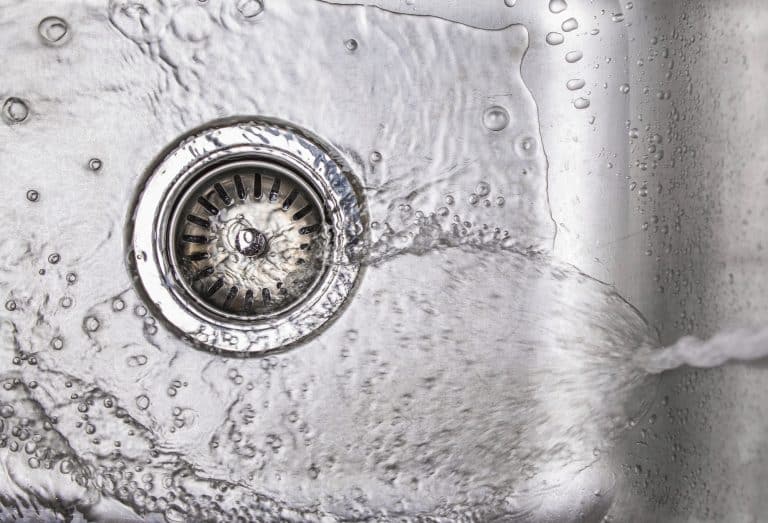 Replacing a kitchen sink flange is an important maintenance task that should not be overlooked. It not only ensures the proper functioning of your kitchen sink but also plays a significant role in the overall design of your kitchen. By following the steps mentioned above, you can easily replace your kitchen sink flange and enjoy a leak-free and aesthetically pleasing kitchen. Remember to regularly inspect and maintain your flange to avoid any future problems.
Replacing a kitchen sink flange is an important maintenance task that should not be overlooked. It not only ensures the proper functioning of your kitchen sink but also plays a significant role in the overall design of your kitchen. By following the steps mentioned above, you can easily replace your kitchen sink flange and enjoy a leak-free and aesthetically pleasing kitchen. Remember to regularly inspect and maintain your flange to avoid any future problems.



